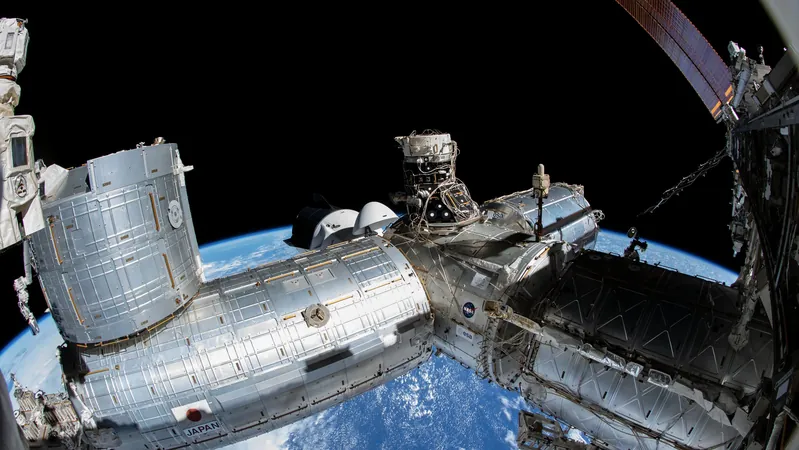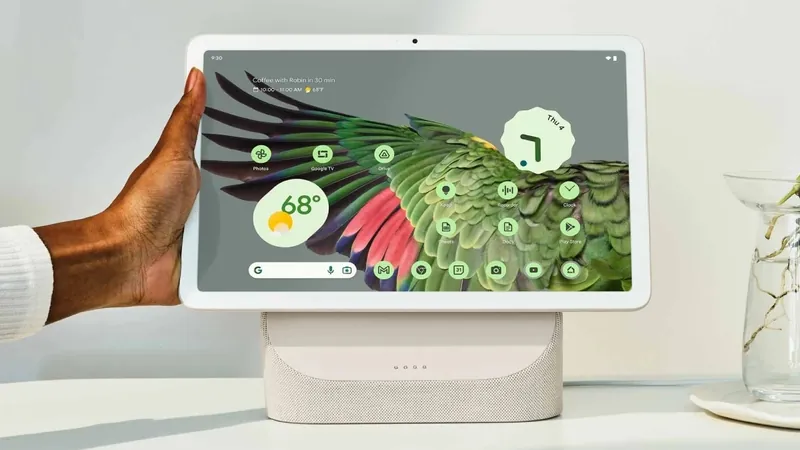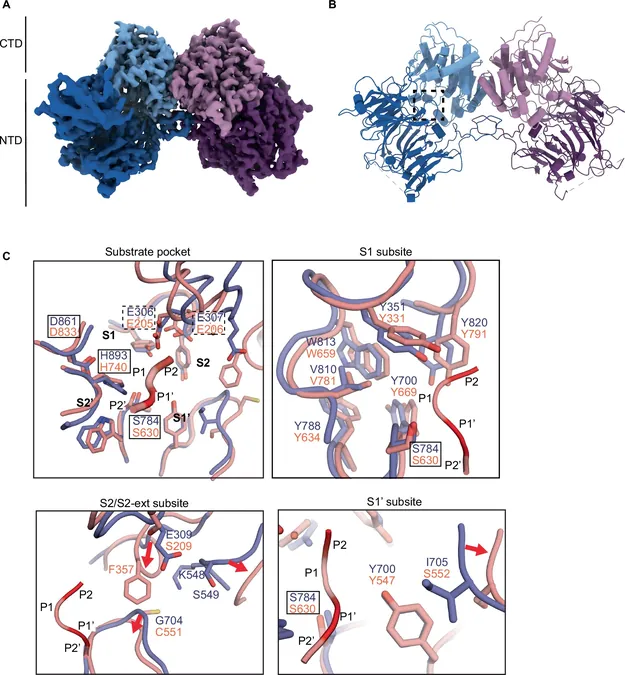
Revolutionary AI Tool Could Transform Crime Scene Investigation by Tracking Microbial Footprints
2024-11-18
Author: Li
Introduction
In an impressive breakthrough, Professor Eran Elhaik is reshaping the landscape of forensic science with a new artificial intelligence tool known as Microbiome Geographic Population Structure (mGPS). As the world celebrates innovative hygiene measures post-COVID-19, the finding that bacteria can not only promote human health but also assist in crime-solving is nothing short of remarkable.
How mGPS Works
The core of mGPS lies in its ability to trace the genetic origins of microbial communities found on various surfaces such as cell phones, skin, soil, and even water. This AI-powered tool operates similarly to GPS, mapping out the environmental history of the bacterial life left behind by individuals at a crime scene. Unlike human DNA, which remains constant, the human microbiome is highly variable and directly influenced by the surroundings one interacts with, creating a biological record of individual movements. Interestingly, even an attempted clean-up of a crime scene spreads microbes further, embedding a unique microbial signature that could prove invaluable in investigations.
Data Sources and Research Background
The creation of mGPS was made possible through the aggregation of vast amounts of microbiome data from numerous sources, including environmental microbiomes cataloged by initiatives such as the MetaSUB project. This rich database offers a solid foundation for the AI system to learn and effectively analyze the relationship between microbial communities and their environments.
Advancements Over Previous Research
Previous research in microbiome tracing faced limitations like small sample sizes and a narrow focus on specific ecosystems. For instance, while certain studies achieved commendable accuracy in identifying the national origin of dust samples, predicting precise geographic coordinates had remained a complex challenge. In contrast, mGPS can not only classify but also predict microbial origins, establishing a groundbreaking advancement in forensic science.
Reliability and Future Applications
To ensure the reliability of evidence in the courtroom, scientists recognize the need for enhanced accuracy from mGPS. Although current methods in forensic science face limitations, this innovative tool promises a significant leap forward. However, further expansion of the microbiome dataset across various cities is needed to bolster its efficacy.
Collaborative Research Efforts
Elhaik emphasizes the collaborative nature of this research, which fuses biology, statistics, computer science, bioinformatics, and AI modeling. With machine learning algorithms at its core, mGPS can analyze specific bacterial taxa to predict geographic origins, a feat previously regarded as nearly impossible in the realm of biogeography.
Human Oversight in Forensics
Despite the promise of AI, human oversight remains necessary to correctly interpret the output, given the influence of numerous external factors such as human mobility and environmental degradation. This interdependency highlights the importance of integrating human expertise alongside AI capabilities in forensic applications.
Timeline and Ethical Considerations
With the development phase complete, experts estimate a timeframe of 6 to 7 years before mGPS can be practically employed by law enforcement agencies. Additionally, ethical dilemmas arise regarding the manipulation of bacterial evidence, as it may be theoretically possible for criminals to transfer their bacteria to objects, although such scenarios would be fraught with complexities and risks.
Precision and Accuracy of mGPS
Today, mGPS boasts an extraordinary accuracy rate: it can identify the source city of environmental samples with up to 92% accuracy. This precision extends to identifying specific subway stations in a locality and can even distinguish between closely situated surfaces, showcasing an advanced level of fine-scale resolution.
Challenges and Future Directions
The research, which spanned seven years, was also fraught with challenges related to conveying the novelty of the findings to reviewers accustomed to established methodologies. Elhaik notes the importance of expanding the sample database to ensure the robustness of mGPS. His team focused on environments that reflect practical, real-world conditions, paving the way for extensive applications that could encompass multiple ecosystems, further reinforcing the tool's versatility.
Global Implications of mGPS
Despite the concerns inherent in our increasingly mobile world—where international travel and trade obscure microbial origins—mGPS presents a beacon of hope. Its application at border points, such as airports, could prevent criminals from exploiting muddied microbial signatures, particularly in illegal smuggling cases.
Conclusion
As we step into an era where our microbial fingerprints could unlock justice, the implications of mGPS extend beyond mere criminal investigations to broader applications in public health, environmental monitoring, and beyond. The future of forensics is here, and it's distinctly microbial!




 Brasil (PT)
Brasil (PT)
 Canada (EN)
Canada (EN)
 Chile (ES)
Chile (ES)
 España (ES)
España (ES)
 France (FR)
France (FR)
 Hong Kong (EN)
Hong Kong (EN)
 Italia (IT)
Italia (IT)
 日本 (JA)
日本 (JA)
 Magyarország (HU)
Magyarország (HU)
 Norge (NO)
Norge (NO)
 Polska (PL)
Polska (PL)
 Schweiz (DE)
Schweiz (DE)
 Singapore (EN)
Singapore (EN)
 Sverige (SV)
Sverige (SV)
 Suomi (FI)
Suomi (FI)
 Türkiye (TR)
Türkiye (TR)